The fall season is a fantastic time to enjoy a crisp, refreshing breeze, the changing of nature’s colors, and warm mugs of cider and hot cocoa. Fall is a season in transition, however, and that calls for preparing your chimney for the winter months. Here are eight steps to get your chimney ready before it’s too late.
Chimney Inspection & Cleaning

Loose bricks, damaged mortar, cracks, and other structural issues grow over time due to weather cycles. To avoid costly bills and unwanted damage, schedule regular cleaning and inspection on a yearly or bi-annual basis. Chimneys are filled with flammable substances, so always hire a professional chimney sweep to ensure the job’s done safely and properly.
Clear Away Trees Branches & Limbs
As trees in your yard are continuously growing, branches may begin to overhang your chimneys. Trimming away any tree limbs that are intruding on the chimney is vital for the long-term health of your cozy heat source. This will minimize the risk of fire, obstructions, and chimney damage during a storm. When you trim your trees, utilize well-fitted custom covers to avoid any debris or branches damaging your outdoor furniture.
Clean the Hearth

When ash and residue piles up into mounds in the hearth, it’s time to clean them out. The leading cause of chimney fires is the accumulation of creosote and other debris. Use a shovel to scoop up any remaining wood chips or logs, then vacuum the ashes. By keeping your fireplace clear of ash, you also increase airflow and eliminate the allergens that emerge from burnt wood fibers.
Check Flashing
Before snow and ice builds up on your roof, inspect your chimney flashing. Your chimney flashing keeps your roof protected from moisture. One rusty nail is all it takes to cause serious roof damage and leaks. Excess water may warp or bend the flashing, causing degradation of the metal as well as the chimney itself. Installing a cricket on your roof will help redirect water away from the chimney.
Maintain Your Chimney Cap or Cover

Always replace or repair a chimney cap that’s missing or damaged. A missing or broken cap opens the chimney up to small animals, moisture, leaves, rain, birds, and other debris. When unwanted debris blocks the flue you’re at increased risk of fire and carbon monoxide poisoning.
You may also cover your chimney with a well-fitted, water and weatherproof custom chimney cover. A chimney cover can protect your chimney from the elements, adding more years to its lifespan while also adding a touch of style to it.
Check the Damper Functioning
The damper is a valve that regulates airflow into and out of the chimney, so it’s important to make sure it opens and closes easily. If the damper does not close properly, outside air will mix with the heated air, resulting in higher energy bills.
Pick the Right Firewood & Store in a Dry Place

When choosing your firewood, go for dense, seasoned hardwoods that have a low moisture content. For optimal results, firewood should be stored on pallets, above ground level, in a ventilated area away from water or moisture.
Replace Batteries in all Smoke & Carbon Monoxide Detectors
Smoke and carbon monoxide detectors are crucial for safely using your home heating systems. Carbon monoxide is a poisonous gas that seeps into your home through small leaks in heating appliances. To keep everyone in your home safe, regularly replace your smoke detector’s batteries and run tests to ensure the alarms are functional.
And, if you want to master the art of winter cover protection, try investing in tarps and other home protection essentials to enjoy your winter with peace of mind.
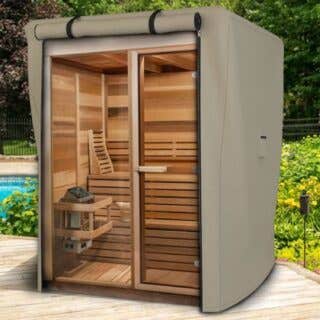

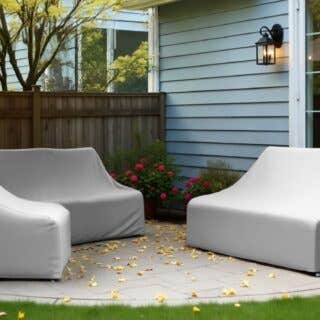



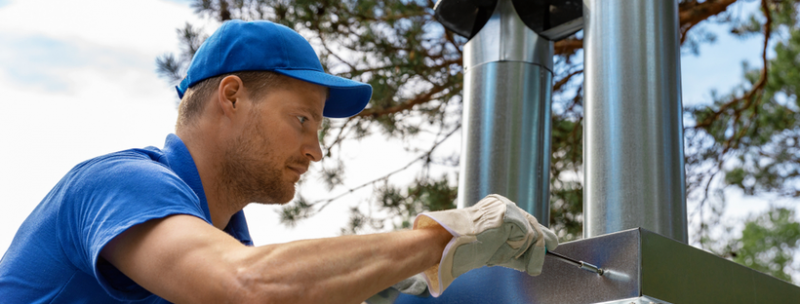
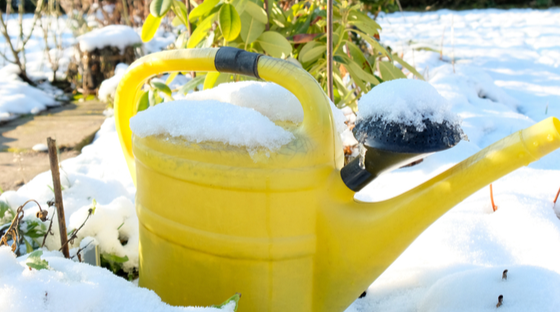
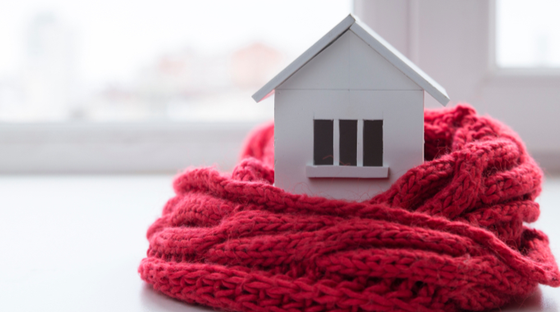


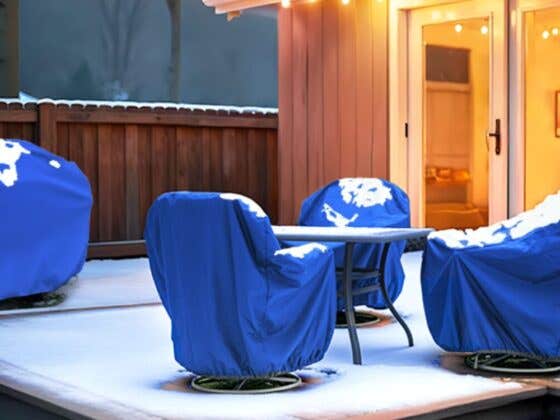
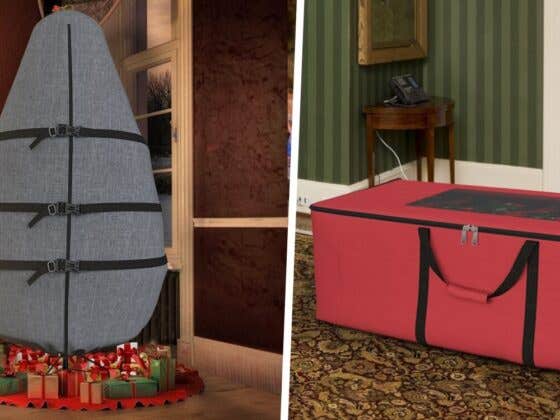

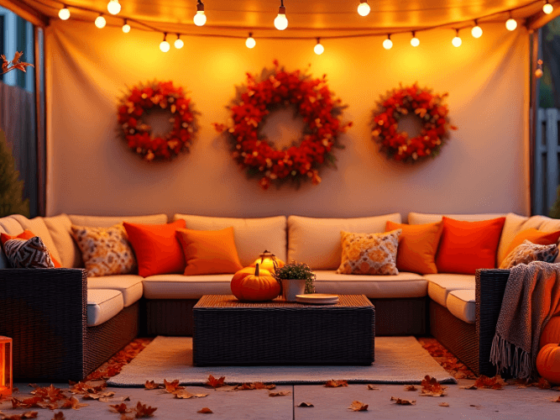
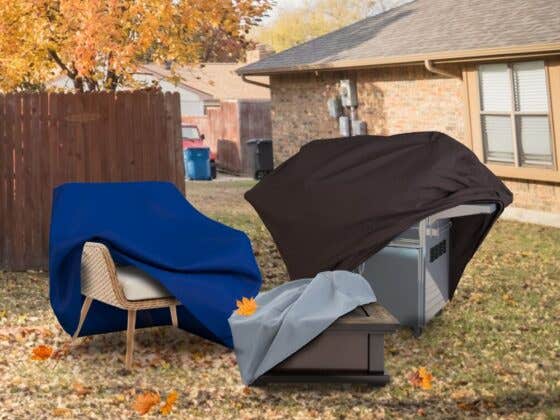

Recent Comments